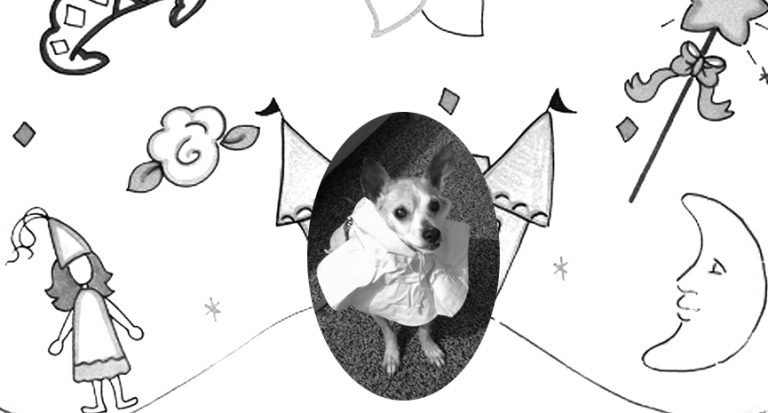Founded by Henry Bergh in 1866, the ASPCA is the oldest humane organization in America, and one of the largest hands-on animal welfare organizations in the world. The Society also prompted the New York State legislature to pass the country’s first effective anti-cruelty law. The ASPCA headquarters in New York City houses one of the area’s largest full service animal hospitals, an adoption facility, and the Humane Law Enforcement Department, which is responsible for enforcing New York’s animal cruelty laws.
The History of ASPCA
- 1867 ASPCA operated the first ambulance for injured horses, two years before New York’s Bellevue Hospital put into service the first ambulance for humans.
- 1874 Bergh helped organize the first Society for the Prevention of Cruelty to Children (SPCC) on behalf of an abused 9-year-old girl named Mary Ellen.
- 1875 Bergh invented a canvas sling for rescuing horses that got stuck in the mud or fell into the river.
- 1894 ASPCA assumed the job of caring for New York City’s stray and unwanted animals, a function previously performed by New York City government.
- 1902 ASPCA used a motorized horse ambulance.
- 1912 ASPCA opened its first veterinary facility, a free horse dispensary.
- 1916 ASPCA started a formal humane education program for school children. Raised money to help care for the 934,000 horses that served in World War I.
- 1920 ASPCA advanced the use of anesthesia in animal surgery. First used radium to treat cancer in animals.
- 1928 ASPCA expanded the humane education program with classroom demonstrations in public schools and summer playgrounds.
- 1939 ASPCA inspected the 2,000 animals on exhibit at the New York World’s Fair.
- 1942 ASPCA took wartime measures and conducted courses on care of animals in the event of air raids.
- 1944 ASPCA inaugurated obedience training classes for dogs and their owners.
- 1952 ASPCA began a voluntary inspection of laboratories in New York that use animals for research–the first program of its kind in the country.
- 1954 ASPCA expanded its animal hospital by adding a contagious disease ward, pathology laboratory, X-ray therapy laboratory and an internship program.
- 1958 ASPCA opened the Animal Port at Kennedy International Airport to inspect and care for animals entering or leaving the country by plane. United States Department of Agriculture took over this work in 1994.
- 1961 ASPCA’s animal hospital performed its first open-heart surgery on a dog.
- ASPCA celebrated its 100th anniversary in 1966 by renaming the hospital after Henry Bergh and presenting a gold medallion to Walt Disney for his positive depiction of animals.
- 1973 ASPCA adoptions department began compulsory spay/neuter for all animals.
- 1976 Dr. Gordon Robinson developed the Bergh bandage, a highly efficient design still being adopted.
- 1985 Government affairs office opened in Washington, DC, to monitor, initiate and lobby for legislation to protect animals. Advocated for Animal Welfare Act revisions to include provisions for the exercise of dogs and the psychological welfare of primates used in research.
- 1992 ASPCA began promoting the adoption of retired greyhounds, administering a grant from the American Greyhound Council to help rescue groups.
- 1993 ASPCA along with 10 other humane organizations, initiated the National Council on Pet Population Study and Policy, the first survey and census of shelter animals in the United States.
- 1994 ASPCA helped to pass the 1994 New York State Animal Experimentation Bill that allows students who object to dissection to complete an alternative project without a negative impact on their grade.
- 1995 after 100 years of providing animal control services for New York City, ASPCA declined to renew the contract in order to focus on national education, information and advocacy. Animated “Spokescritters” was adopted by ASPCA from the Walt Disney Studios.
- 1996 ASPCA acquired the National Animal Poison Control Center, the only veterinary toxicology telephone service operating 24 hours/365 days. Henry Bergh Memorial Hospital inaugurated the Care-A-Van, a mobile spay/neuter clinic for the New York area.





